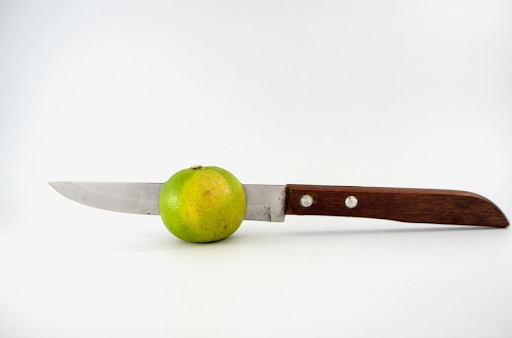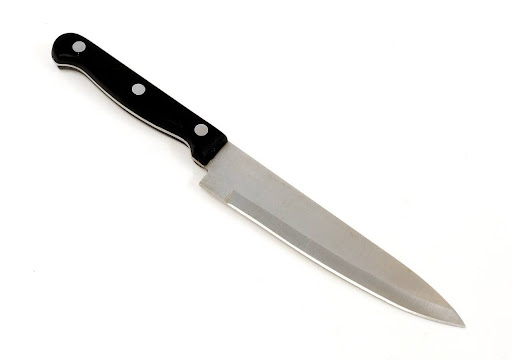Introduction to the Boning Knife
A boning knife is a specialized kitchen tool used primarily to separate meat from bones. Its narrow, flexible blade allows for precise cutting around bones and joints. With its pointed tip and sharp edge, it’s a must-have for any home chef serious about meat preparation.
Types of Boning Knives
Boning knives come in various types, each tailored for specific tasks:
- Curved vs. Straight Blade: Curved blades provide better maneuverability, especially for fish, while straight blades are ideal for larger cuts of meat like beef or pork.
- Stiff vs. Flexible Blades: A stiff blade works well with tough meats such as beef, while a flexible blade is ideal for delicate jobs like filleting fish.
- Specialty Knives: There are boning knives designed specifically for tasks like filleting fish or poultry preparation, with blade lengths and stiffness suited for these jobs.
Key Uses of a Boning Knife
Boning knives have versatile applications in the kitchen:
- Meat Preparation: The primary function of a boning knife is removing bones from cuts of meat like chicken, pork, or beef. It’s also excellent for trimming excess fat and skin.
- Fish Filleting: The precision of a boning knife makes it ideal for creating clean fish fillets, allowing for smooth removal of bones and skin without damaging the flesh.
- Other Uses: Beyond meat and fish, boning knives can also be used for tasks like trimming vegetables, peeling fruits, or even preparing large pieces of produce like pumpkins or squash.
How to Properly Use a Boning Knife
Mastering the use of a boning knife requires proper technique:
- Grip: A firm, controlled grip is essential to ensure both precision and safety. Hold the handle firmly while placing your thumb on the spine of the blade for better control.
- Technique: Position the blade at an angle, using the knife’s tip to carefully trace the bone’s contours. Use a slow, steady motion to separate the meat from the bone cleanly.
- Common Mistakes to Avoid: Applying too much pressure can lead to uneven cuts or slipping, while using a dull blade increases the risk of injury and poor performance. Regular sharpening ensures efficiency.
Knife Care and Maintenance
Proper care prolongs the life of your boning knife and keeps it performing at its best:
- Cleaning: Always hand wash your boning knife with warm water and mild soap, then dry it immediately to prevent rust or damage.
- Sharpening: Keep your blade sharp using a honing rod or sharpening stone. A sharp blade ensures precision and reduces effort during use.
- Storage: Store the knife in a knife block or on a magnetic strip to protect the blade from damage and ensure safety.
Conclusion
A boning knife is an indispensable tool for any serious home cook, offering precision and versatility in the kitchen. If you’re looking for a high-quality option, the Kyoku boning knife is a top recommendation. Known for its sharp, durable blade crafted from Japanese steel, it excels at tasks like deboning meat, trimming fat, and filleting fish. Its ergonomic handle provides excellent control, ensuring both comfort and precision. By investing in a Kyoku boning knife and maintaining it properly, you can significantly improve your efficiency in the kitchen.

